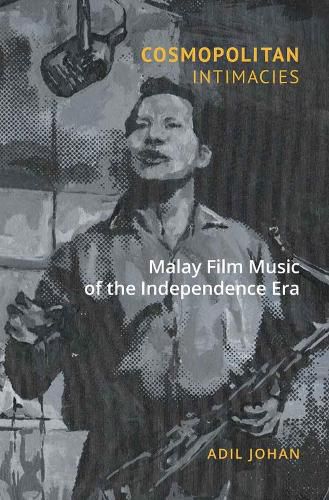Readings Newsletter
Become a Readings Member to make your shopping experience even easier.
Sign in or sign up for free!
You’re not far away from qualifying for FREE standard shipping within Australia
You’ve qualified for FREE standard shipping within Australia
The cart is loading…






The golden age of Malay film in the 1950s and 1960s was the product of a musical and cultural cosmopolitanism in the service of a nation-making process based on ideas of Malay ethnonationalism, initially fluid, increasingly homogenised over time. The commercial films of the period, and in particular their film music, from national cultural icons P. Ramlee and Zubir Said, remain important reference points for Malaysia and Singapore to this day. This is the first in-depth study of the film music of the period. It brings together ethnomusicological and cultural studies perspectives.
Written in an engaging manner, thoroughly illustrated and incorporating musical scores, the book will appeal to dedicated film fans, musicians, composers and film-makers interested in Southeast Asia and the Malay world. But equally, the conceptual framework will be of interest to a broad range of scholars of Southeast Asia, as it brings together ideas of cosmopolitanism and cultural intimacy to narrate a history of nation-making in the region.
$9.00 standard shipping within Australia
FREE standard shipping within Australia for orders over $100.00
Express & International shipping calculated at checkout
The golden age of Malay film in the 1950s and 1960s was the product of a musical and cultural cosmopolitanism in the service of a nation-making process based on ideas of Malay ethnonationalism, initially fluid, increasingly homogenised over time. The commercial films of the period, and in particular their film music, from national cultural icons P. Ramlee and Zubir Said, remain important reference points for Malaysia and Singapore to this day. This is the first in-depth study of the film music of the period. It brings together ethnomusicological and cultural studies perspectives.
Written in an engaging manner, thoroughly illustrated and incorporating musical scores, the book will appeal to dedicated film fans, musicians, composers and film-makers interested in Southeast Asia and the Malay world. But equally, the conceptual framework will be of interest to a broad range of scholars of Southeast Asia, as it brings together ideas of cosmopolitanism and cultural intimacy to narrate a history of nation-making in the region.